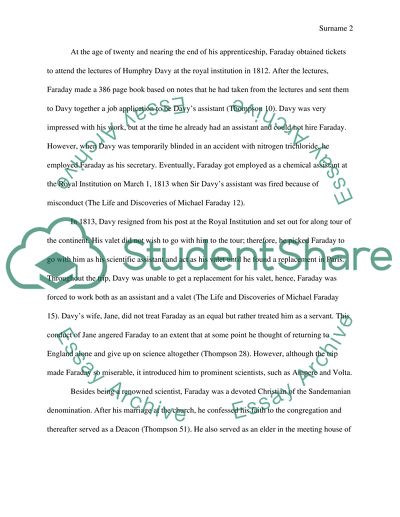Cite this document
(“The Life and Work of Michael Faraday Research Paper”, n.d.)
The Life and Work of Michael Faraday Research Paper. Retrieved from https://studentshare.org/history/1440357-the-life-and-work-of-michael-faraday
The Life and Work of Michael Faraday Research Paper. Retrieved from https://studentshare.org/history/1440357-the-life-and-work-of-michael-faraday
(The Life and Work of Michael Faraday Research Paper)
The Life and Work of Michael Faraday Research Paper. https://studentshare.org/history/1440357-the-life-and-work-of-michael-faraday.
The Life and Work of Michael Faraday Research Paper. https://studentshare.org/history/1440357-the-life-and-work-of-michael-faraday.
“The Life and Work of Michael Faraday Research Paper”, n.d. https://studentshare.org/history/1440357-the-life-and-work-of-michael-faraday.


